What Happened to Maurice Wolf?
Colleen Darby never met her uncle, who died in Spain five years before she was born. A reconstruction of his life and the circumstances of his death.
Maurice Wolf Friedman was born in 1918 in San Francisco, California. His mother (my grandmother) was Stella (Wolf) Friedman and his father (my grandfather) was Isidore Friedman. Stella came from a German Jewish immigrant family. She was born and grew up in St. Louis, Missouri. Isidore came from a Russian Jewish immigrant family. He and his family immigrated to San Francisco, California in around 1910. My grandparents met in San Francisco and had three children. Paula was the first, Maurice the second and Muriel (my mother) the third.
My grandparents were involved in Communist Party activities in San Francisco, most probably as members. Young people attending the Young Communist League (YCL) School stayed at their flat sleeping on the living room floor. When my father (Richard Eldridge) came to San Francisco from his home in San Jose (50 miles south) to attend the School he stayed at their flat and met my mother in about 1936. They married in 1939.
Maurice, my uncle, died in 1938 and I was born in 1943 so I never met him. All throughout my childhood I was reminded of him by my mother and grandmother who spoke with great love and affection for him. I remember being told that he was determined to go to Spain to fight fascism. This photo of Maurice (1) was on our living room wall as I grew up.
Maurice completed the 10th grade in high school. I guess he was not interested in school or he would have completed high school (12th grade) and graduated. He was a member of the YCL and a merchant seaman by trade. The National Maritime Union was being organized by merchant seaman at about this time and a lot of these men went to fight in the Spanish Civil War (see Death in the Olive Groves, American Volunteers in the Spanish Civil War, 1936-1939, by Arthur H. Landis). For this reason, I imagine that when Maurice joined up he was with his comrades. He is on the left in photo (2).
On January 12, 1938 he set sail for France from New York on the Aquitania in order to join the Abraham Lincoln Brigade and fight in the Spanish Civil War. When he arrived in France he was arrested. After a jail sentence he was scheduled for deportation but escaped. We think he probably enlisted in Paris at the International Brigade headquarters there, where the young men were interviewed and given medicals. With the assistance of comrades in France he crossed the Pyrenees on foot to arrive in Spain.
His name is found on a list for the training base at Tarazona: “Company 1 of Battallion (sic) of Instruction No. 5 of the Base at Tarazona (de la Mancha)” It is dated 14th March 1938 when they were moved up to Batea, 250 miles north. He is listed as “Friedman, Maurice, (aged) 21, Americain. Anti-Gas.” “Anti-Gas” refers to his training in gas warfare protection. This is the same company and the same time as Alvah Bessie, which makes Bessie’s book Men in Battle and the associated Notebooks compelling reading.
I grew up with the knowledge that Maurice died in the Battle of Ebro but this is not possible because that battle took place from May to September 1938. The date and location of his death puts him in the battle known as the Great Retreat. Alvah Bessie writes extensively of this battle in Men in Battle, pages 78 to 127, as does Arthur H. Landis, Death in the Olive Groves, Part III. The Lincoln Battalion lost most of its personnel killed, captured or missing when Fascist forces punched through the Republican lines and drove to the sea cutting the Republic in two. The remnants of the Battalion gathered on the far side of the Ebro River where they were joined with an influx of young Spanish conscripts and went on to fight the Battle of Ebro.
Maurice is listed as missing in action near Batea on 1st April 1938 in documents that reside in Moscow, copied by Alan Warren (see below) and given to me. Most men in this battle disappeared at Gandesa so this list probably puts him as missing towards the start of the Retreat rather than at the crossing point on the road between Gandesa and Corbera where Robert Merriman, commander of the Lincoln Brigade, was captured and later executed.
My mother wrote an inscription in Maurice’s book The Literary Digest 1927 Atlas of the World and Gazetteer, which says: “Maurice Friedman died in Spain – April 2, 1938 – Democracy so that Spain might live.” I now have this book. He might not have been interested in school, but he certainly was interested in finding out about his world.
His family were destroyed by the news of his death. Both my grandmother and my mother never really recovered. In 1986 when my mother was giving an interview regarding Maurice’s life she broke down crying at the start and could not carry on. This was always her reaction when she spoke of him.
Sam and I came across Alan Warren, who does research into members of the International Brigade, because we are members of the International Brigade Memorial Trust (IBMT). In April 2010 we went to Spain for a tour arranged by Alan for the purpose of telling us what he had found out about Maurice and showing us the region around Batea and Gandesa where Maurice probably died. It is not clear whether he died on 1st or 2nd April 1938. It seems reasonable, given the account of the chaos and bloodshed in the region by Alvah Bessie, that either date could be correct and that he could have died anywhere in the general region of Batea and Gandesa. There are mass graves being unearthed all the time in this area and it is quite possible that one of these is his final resting place.
The Great Retreat started on 9 March 1938 with a rout at Belchite, about 150km southwest of Lleida and 125km northwest of Gandesa. Alan’s research so far has led him to the conclusion that Maurice was not at Belchite, mainly because his name is not on the XV brigade lists of that period. On 19 March, a large group of men joined the XV brigade as reinforcements from the temporary headquarters about 2km west of Batea, see photos below. The assumption is that Maurice arrived at the front with this group, described vividly by Alvah Bessie (Notebooks, pp. 16-24).
There are very few landmarks to the course of the Great Retreat that still exist today. A lot of work in finding the places that Alan took us to was done by comparing photos from the time of the Great Retreat with the terrain today. The outline of the hills remains the same so buildings can be situated quite accurately in the terrain. Alan has a large collection of photos from that period and was able to show us how the landmarks are verified from the terrain. The identification of landmarks on the course of the Great Retreat had only been done in the previous year. There is still a lot of work to be done.
We spent a full day following some of the course of the Great Retreat. We did not go to Belchite because it would have taken a 4-hour return trip in the car. We decided, since the weather was so fine, to spend the time looking at sites of interest closer to our base at Gandesa. We started with the Estado Mayor which was the HQ of the Lincoln battalion between 18th and 26th March 1938. The group of 125 reinforcements including Alvah Bessie, and possibly Maurice, arrived here on 19th March 1938. There are many photos taken here and the likeness of the building and terrain are unmistakable, even though the building today is partially in ruins (3). A lot of these old photos have Robert Merriman, and others, standing in front of the building (4). We looked south to see El Manyol, the hill where the men worked building trenches and also rested, waiting to be called to join the battle (5). We then went to Batea, about 2km east. We visited the old theatre, now a cultural centre, where Bessie and comrades took refuge one rainy night (Notebooks, p.20) (6).
We then travelled north on the Nonaspe road to find Vente de Sant Juan, a set of buildings on a dirt road that has been identified as one used as a first aid station and Estado Mayor. It was the final place where the XV Brigade established headquarters in the Great Retreat and was used from 27 to 31 March 1938. It is the location of the great limestone washed house that Bessie writes about. We walked up a path in back of the house and viewed the terrain (7). The main purpose of stopping here was to observe the location of enemy actions. An ammunition dump was blown up here so that it would not fall into the hands of the Nationalists who were closing in.
We then drove northeast towards La Fatarella, stopping occasionally to look at the terrain and to see where it matched with the old photos and accounts of the Great Retreat. At this point (1 and 2 April 1938) the Republicans cut across country because travelling on the main roads was too hazardous. In fact, much of this time they were travelling through fascist lines. The plan was that they would head east towards the Ebro, cross it and regroup on the other side. We stopped at a dirt road which is identified from photos as one they would have used as they went cross country (8) and at a hill where they stopped, dug trenches and rested (9). En route, Alan pointed out a wind turbine where a mass grave was uncovered during construction (10).
Next, we went to the location where we could look back and see the route that the fleeing Republicans would have taken towards the Ebro with Gandesa just to the south and Corbera just to the north (11). We stopped again to look at the terrain and to see the valley that they fled down heading to the main Corbera-Gandesa road. They would have to cross this road to get to the Ebro and safety. A lot of the men fled right towards Gandesa where they were mown down. Some made a break, left for Corbera and were either killed or captured there. There were bodies found all over this area, in caves and by the sides of roads.
We then travelled to the point on the main road where some men tried to cross (12). Looking back you can see the route they came down, and looking across the road you can see that the terrain falls away into a ravine where men fell as they crossed the road. This point was reached around 1am in the early hours of 2 April 1938. Only 45 out of 350 men finally arrived on the other side of the Ebro at Mora d’Ebro, 22 miles away.
During these few hours that we traced this route, listening to Alan read first-hand accounts of the chaos of fleeing through fascist lines, it became obvious to me that we will probably never know exactly what date Maurice died, 1 or 2 April, or exactly where he died, closer to Batea or closer to Gandesa. It is enough now to know that we have visited the area, seen where he was and have an understanding of what this 21-year-old man must have experienced in his last hours. This was a most moving and emotional experience for us. We remembered Maurice, his mother, father and sisters, and his great commitment to fight fascism, with tears and hugs.
In September 2013 we visited Alan Warren again in Barcelona. He told us of Anna Marti who has done a lot of the research with him on the retreat and the surrounding area. They know that on 1-2 April 1938, 50 Americans were executed in a field by the petrol station on the road to Corbera in Gandesa. They have evidence that the bodies are buried in two nearby fields. Excavation may take place but it will be expensive. Alan asked me if I was interested in the contents of these mass graves—in particular, whether Maurice might be buried there. My answer was as before when Alan mentioned the possibility of finding Maurice in a mass grave near Corbera. It is enough for me to know approximately how and where he died. I know he is under the ground somewhere around or between Batea and Gandesa and I think he should rest there without being disturbed. I know he died with his comrades fighting fascism. I am proud of that memory.
In October 2015, Sam and I again travelled to Gandesa, this time to visit the Camposines memorial near La Fatarella for a ceremony commemorating those who died fighting fascism in the region of the Ebro during the Spanish Civil War. Earlier that year I was contacted by Alan Warren telling me that the Catalonian regional government had agreed to put Maurice’s name on a plaque at the memorial, all I had to do was apply. I was thrilled and sent off immediately for the forms.
It was all approved and, on the day, 17 October 2015, we went to the memorial, saw his name on the plaque (13, 14) and went to the ceremony. It was all very moving for both of us. We were overcome by the amazing and wonderful knowledge that finally Maurice was going to be remembered for sacrificing his life fighting fascism and defending democracy in a foreign land. My mother and grandmother, who wept whenever he was spoken of, would have been so grateful to know this.
References and links:
- Information supplied by my mother to the organisation that holds information on all members of the Abraham Lincoln Brigade. http://www.alba-valb.org/volunteers/maurice-wolf-friedman
- Copy of the list of dead and missing in Battalion 58
- Men in Battle, Alvah Bessie
- Alvah Bessie’s Spanish Civil War Notebooks, edited by Dan Bessie. These are the “Notebooks” referred to in the “Trip to Catalonia”
- Abraham Lincoln Brigade Archives (ALBA): http://www.alba-valb.org/history
- Copies of the Volunteer, the ALBA newsletter
- Guide to the Manny Harriman video audio collection where you can get a DVD of the interview given by my mother, though it is very short and the volume is poor also: http://dlib.nyu.edu/findingaids/html/tamwag/harriman.html
- Alan Warren’s organisation: http://pdlhistoria.wordpress.com/
- The Spanish organisation that is now co-ordinating SCW activities in Spain: http://www.ci-brigadas-internacionales.org/
- Link to translation of the original Russian-language guide to the International Brigades Records comprising Fond 545 of the Comintern Archives in Moscow, held in the Tamiment Library – http://www.nyu.edu/library/bobst/research/tam/alba_intl%20brigades%20mf.pdf
- Death in the Olive Groves, American Volunteers in the Spanish Civil War, 1936-1939, by Arthur H Landis
- An account of researching the retreats by Anna Marti https://www.albavolunteer.org/2012/07/in-the-footsteps-of-the-lincoln-washington-battalion/

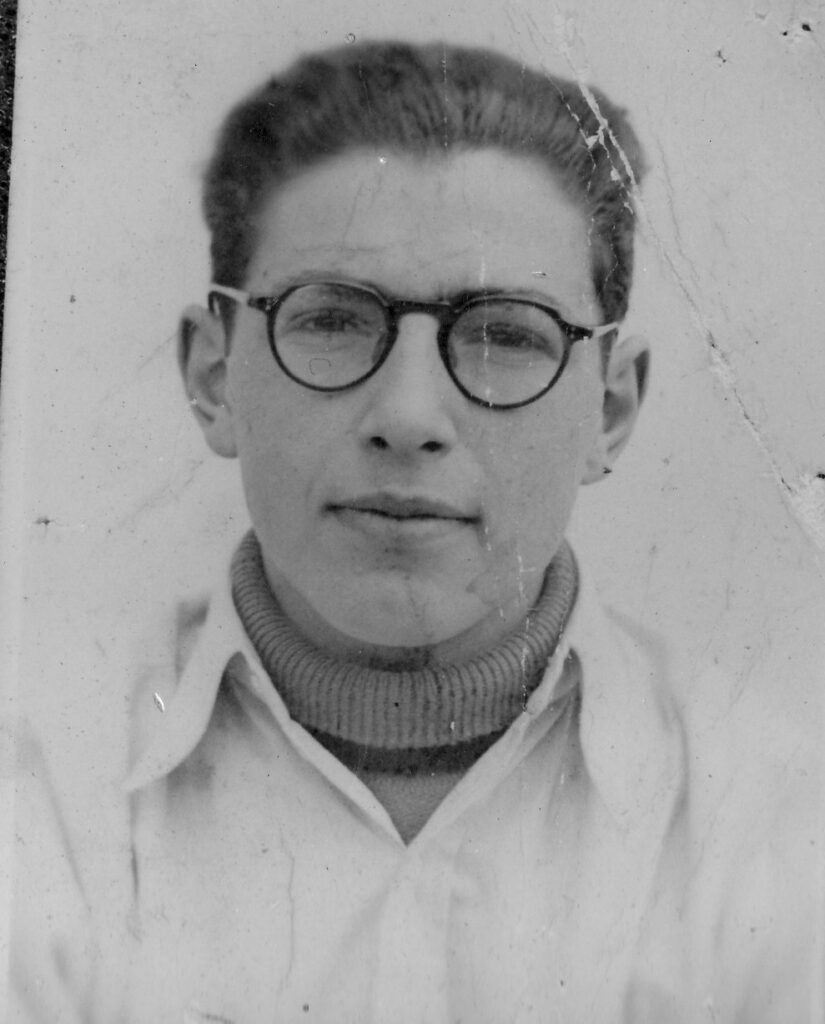
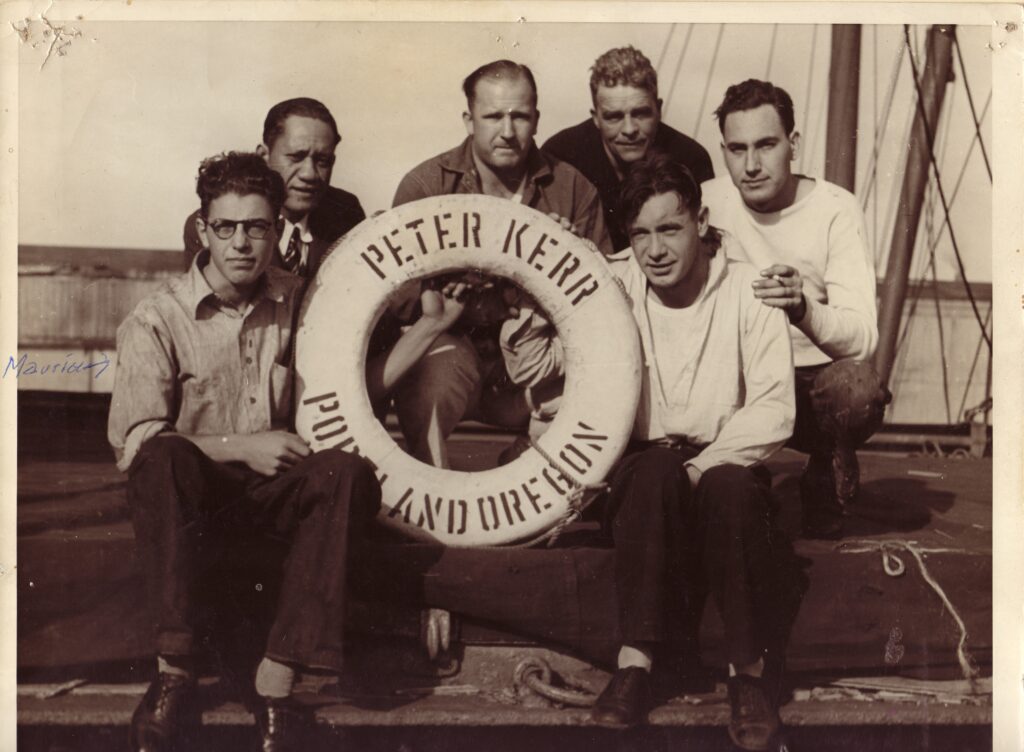
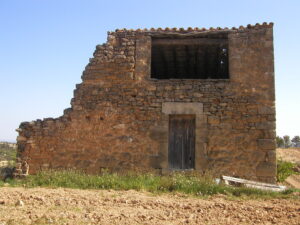
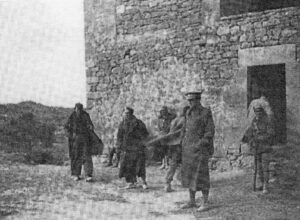
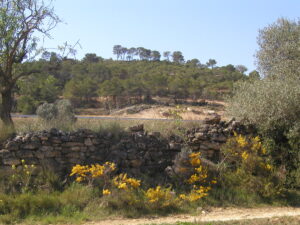
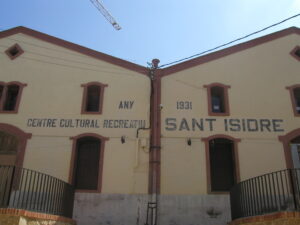


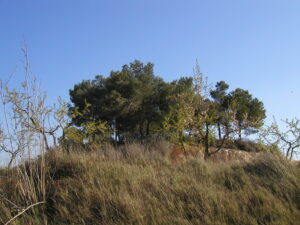
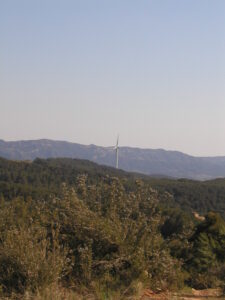

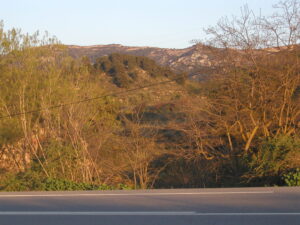
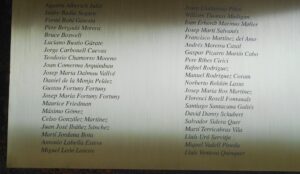
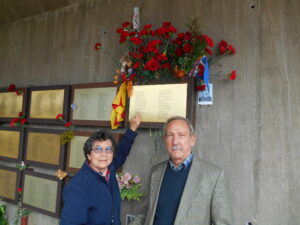












The article brought tears to my eyes since I first heard of Maurice as a teenager in Oakland, California when I was often in my friend Colleen’s home and heard the story of Maurice from her family. The story instilled in me then a sense of deep commitment to humanity, beyond national borders, and it still does. I salute my friend Colleen’s commitment to honoring her uncle and his family by illuminating his last days.
I knew Muriel and Dick well, they were good friends of my husband, Bob Purdy who also knew them in Cuba. Muriel spoke frequently of her brother, she was proud of his service in Spain. ¡Presente!